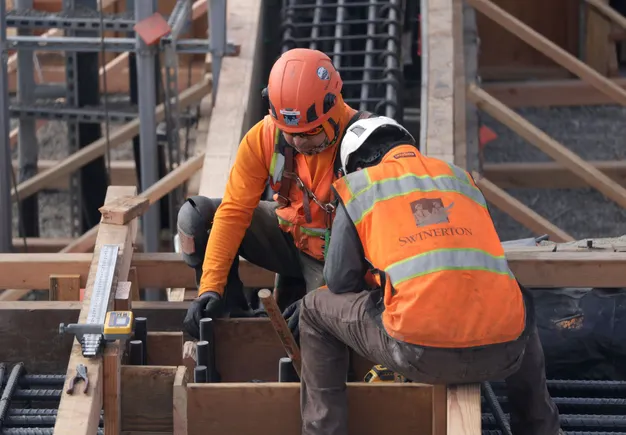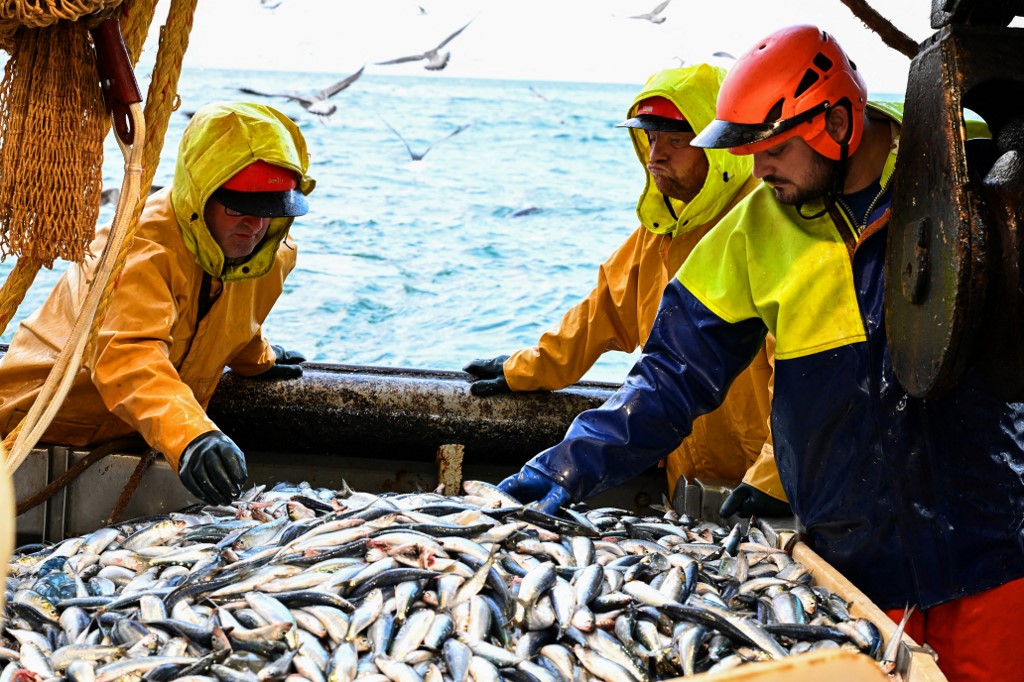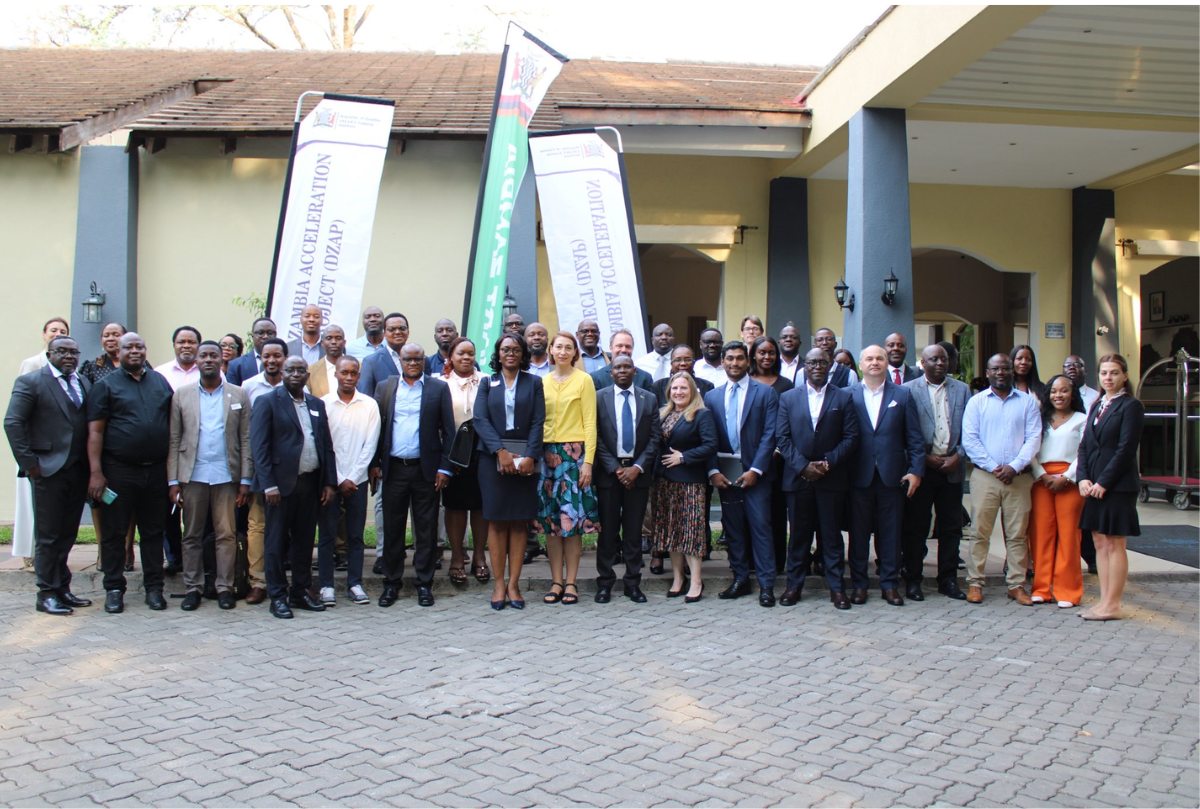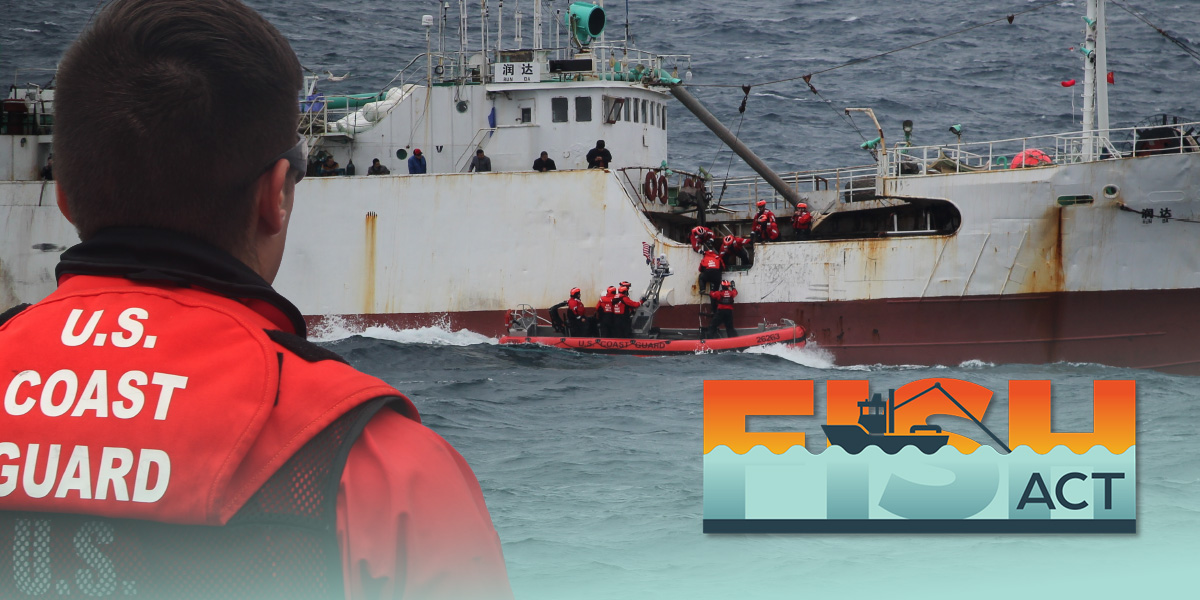Isaias’s Coastal Hit a Turning Point for NC Storms, Preparedness – North Carolina State Climate Office

Report on Hurricane Isaias (2020): An Analysis of Impacts and Institutional Response Through the Lens of Sustainable Development Goals
Introduction
On August 3, 2020, Hurricane Isaias made landfall in North Carolina as a Category 1 storm. While its intensity was moderate compared to predecessors like Hurricanes Florence and Dorian, its impacts presented significant challenges to community resilience, infrastructure, and public health. This report analyzes the event, the institutional response, and subsequent lessons learned, framing them within the context of the United Nations Sustainable Development Goals (SDGs).
Event Analysis and Multi-faceted Impacts
H3: Meteorological Context and Climate Action (SDG 13)
Hurricane Isaias was the record-breaking ninth named storm of an overactive Atlantic season, highlighting the increasing frequency of extreme weather events, a key concern of SDG 13 (Climate Action). The storm’s rapid intensification before landfall underscores the need for robust climate adaptation and disaster risk reduction strategies.
- Landfall: August 3, 2020, near Ocean Isle Beach, North Carolina.
- Intensity: Category 1, with maximum sustained winds of 85 mph.
- Key Hazards: Storm surge, high winds, and an unusually potent tornado outbreak.
H3: Coastal Impacts: A Challenge to Sustainable Cities and Infrastructure (SDG 9, SDG 11)
The storm’s landfall coincided with a high tide, exacerbating the storm surge and causing extensive damage to coastal infrastructure. This event tested the resilience of coastal communities, a core tenet of SDG 11 (Sustainable Cities and Communities), and highlighted vulnerabilities in critical infrastructure, addressed by SDG 9 (Industry, Innovation and Infrastructure).
- A record-high water level of 9.03 feet was recorded at the downtown Wilmington river gauge, surpassing levels seen during more powerful hurricanes.
- Significant damage occurred in Brunswick County, including the destruction of the Ocean Isle Beach pier, flooding on Oak Island, and damage to boats and marinas in Southport.
- These impacts directly threaten local economies reliant on tourism and marine activities, affecting progress toward SDG 8 (Decent Work and Economic Growth).
H3: Inland Devastation: Tornadoes and Disproportionate Impacts (SDG 1, SDG 3, SDG 10)
Isaias spawned multiple tornadoes far from the coast, including a powerful EF3 tornado in Bertie County. This event revealed how climate-related disasters can disproportionately affect vulnerable inland populations, a challenge central to SDG 1 (No Poverty) and SDG 10 (Reduced Inequalities).
- The EF3 tornado, with winds up to 145 mph, was the strongest spawned by a tropical system in the U.S. since 2005.
- It caused two fatalities and numerous injuries, directly impacting SDG 3 (Good Health and Well-being).
- The destruction of dozens of mobile and single-story homes underscored the vulnerability of housing for lower-income residents, demonstrating how disasters can deepen poverty and inequality.
Institutional Response: Strengthening Capacity for Disaster Risk Reduction (SDG 11, SDG 16, SDG 17)
H3: Innovations in Evacuation and Sheltering
The response to Isaias was marked by the implementation of new systems designed to protect lives and enhance institutional effectiveness, aligning with SDG 16 (Peace, Justice and Strong Institutions). These measures represent significant progress in disaster risk reduction, a key target of SDG 11.
- Know Your Zone: Isaias served as the first major test for North Carolina’s tiered coastal evacuation system. This program aims to reduce over-evacuation and streamline resource allocation, making communities safer and more resilient.
- Non-Congregate Sheltering: In response to the COVID-19 pandemic, authorities implemented a plan using hotel rooms for evacuees. This innovative approach protected public health (SDG 3) by enabling social distancing while providing safe shelter.
H3: Multi-Agency Collaboration (SDG 17)
The effective management of the event relied on robust partnerships between multiple levels of government and non-governmental organizations, exemplifying SDG 17 (Partnerships for the Goals).
- North Carolina Emergency Management (NCEM) coordinated with local officials to implement the “Know Your Zone” system.
- The North Carolina Department of Public Safety (NC DPS) partnered with the American Red Cross to manage sheltering and feeding plans.
– Federal support from FEMA was critical for post-storm recovery efforts.
Post-Event Recovery and Lessons for Long-Term Resilience
H3: Rebuilding Resilient Infrastructure (SDG 9)
Recovery efforts focused not just on repair but on building back stronger, a principle embedded in SDG 9. Funding was allocated to rebuild and improve infrastructure to better withstand future climate-related events.
- FEMA provided $1.3 million for debris removal on Oak Island.
- State Disaster Recovery Grant Program funds helped repair the Yaupon Pier.
- The town of Oak Island rebuilt marsh walkovers damaged by the storm surge.
H3: Evolving Strategies for Climate Adaptation (SDG 11, SDG 13)
Isaias and subsequent storms have provided critical lessons that continue to inform North Carolina’s climate adaptation strategies. This iterative process of learning and refinement is essential for building long-term resilience in the face of climate change (SDG 13).
- Emergency management has adopted a more statewide approach to messaging, recognizing that impacts can be felt far from the coast.
- Coastal counties have refined their evacuation zones to include riverine areas at risk of freshwater flooding.
- The success of non-congregate sheltering during Isaias has established it as a valuable tool for transitional housing in subsequent disasters, such as Tropical Storm Fred (2021).
Analysis of Sustainable Development Goals (SDGs) in the Article
1. Which SDGs are addressed or connected to the issues highlighted in the article?
- SDG 3: Good Health and Well-being
- SDG 9: Industry, Innovation and Infrastructure
- SDG 11: Sustainable Cities and Communities
- SDG 13: Climate Action
2. What specific targets under those SDGs can be identified based on the article’s content?
-
SDG 3: Good Health and Well-being
- Target 3.d: Strengthen the capacity of all countries, in particular developing countries, for early warning, risk reduction and management of national and global health risks.
Explanation: The article discusses the challenges of managing evacuations and shelters during the COVID-19 pandemic. It highlights specific measures implemented by the North Carolina Department of Public Safety, such as “Covid screenings, face coverings, and social distancing at shelters” and the novel use of “non-congregate sheltering” in hotels to mitigate health risks.
- Target 3.d: Strengthen the capacity of all countries, in particular developing countries, for early warning, risk reduction and management of national and global health risks.
-
SDG 9: Industry, Innovation and Infrastructure
- Target 9.1: Develop quality, reliable, sustainable and resilient infrastructure, including regional and transborder infrastructure, to support economic development and human well-being, with a focus on affordable and equitable access for all.
Explanation: The article details significant damage to critical infrastructure caused by Hurricane Isaias. This includes the “surf-stricken pier at Ocean Isle Beach,” “boats piled up in the marina,” and power outages affecting “more than 200,000 electrical customers.” It also mentions post-disaster efforts to rebuild resiliently, such as the repairs to the Yaupon Pier and the rebuilding of “marsh walkovers.”
- Target 9.1: Develop quality, reliable, sustainable and resilient infrastructure, including regional and transborder infrastructure, to support economic development and human well-being, with a focus on affordable and equitable access for all.
-
SDG 11: Sustainable Cities and Communities
- Target 11.5: By 2030, significantly reduce the number of deaths and the number of people affected and substantially decrease the direct economic losses relative to global gross domestic product caused by disasters, including water-related disasters, with a focus on protecting the poor and people in vulnerable situations.
Explanation: The article directly addresses the human and economic impact of the hurricane. It reports that the tornado in Bertie County was “killing two people and injuring up to 20 others.” It also quantifies economic losses, noting that Oak Island “suffered at least $10 million in damage” and that FEMA provided “$1.3 million for debris removal.” - Target 11.b: By 2020, substantially increase the number of cities and human settlements adopting and implementing integrated policies and plans towards inclusion, resource efficiency, mitigation and adaptation to climate change, resilience to disasters, and develop and implement, in line with the Sendai Framework for Disaster Risk Reduction 2015–2030, holistic disaster risk management at all levels.
Explanation: The article extensively describes the implementation and first test of the “Know Your Zone” system, a formal evacuation process rolled out in “all 21 coastal counties.” This represents a clear policy and plan to enhance resilience to disasters and manage risks at a state and local level.
- Target 11.5: By 2030, significantly reduce the number of deaths and the number of people affected and substantially decrease the direct economic losses relative to global gross domestic product caused by disasters, including water-related disasters, with a focus on protecting the poor and people in vulnerable situations.
-
SDG 13: Climate Action
- Target 13.1: Strengthen resilience and adaptive capacity to climate-related hazards and natural disasters in all countries.
Explanation: The entire article is a case study on strengthening resilience to hurricanes. It details how past storms like Florence and Dorian informed the response to Isaias and how lessons from Isaias are being used to refine protocols. The development of the “Know Your Zone” system and non-congregate sheltering are prime examples of building adaptive capacity. - Target 13.3: Improve education, awareness-raising and human and institutional capacity on climate change mitigation, adaptation, impact reduction and early warning.
Explanation: The article highlights the importance of early warning and public awareness. It praises the National Hurricane Center for “an outstanding job messaging this storm over a week before the impacts” and notes that the “Know Your Zone” system gives “coastal residents an easy-to-remember letter to listen for when a storm is approaching,” improving institutional and human capacity for disaster response.
- Target 13.1: Strengthen resilience and adaptive capacity to climate-related hazards and natural disasters in all countries.
3. Are there any indicators mentioned or implied in the article that can be used to measure progress towards the identified targets?
-
For Target 11.5
- Indicator 11.5.1 (Number of deaths, missing persons and directly affected persons attributed to disasters per 100,000 population): The article provides specific numbers, stating the tornado was “killing two people and injuring up to 20 others.” It also mentions that “more than 200,000 electrical customers” were without power and that evacuees were placed in shelters, all of whom are directly affected persons.
- Indicator 11.5.2 (Direct economic loss in relation to global GDP, including disaster damage to critical infrastructure and disruption of basic services): The article quantifies direct economic loss, citing “at least $10 million in damage” on Oak Island and a FEMA grant of “$1.3 million for debris removal.” Damage to the pier, homes, and marina also represents direct economic loss.
-
For Targets 11.b and 13.1
- Indicator 11.b.1 / 13.1.1 (Number of countries with national and local disaster risk reduction strategies): The article describes the implementation of the “Know Your Zone” system, a statewide disaster risk reduction strategy. Its rollout to “all 21 coastal counties” is a measurable indicator of the adoption of such a strategy at the local level.
-
For Target 9.1
- Disruption of basic services: The article states that “more than 200,000 electrical customers in the state were without power,” which is a clear indicator of the disruption of a basic service (electricity).
- Damage to infrastructure: The article provides qualitative indicators of damage, such as the “surf-stricken pier,” “boats piled up,” and “damaged or destroyed dozens of mobile homes.”
-
For Target 3.d
- Implementation of health emergency preparedness: The article describes specific measures like “Covid screenings, face coverings, and social distancing at shelters” and the establishment of “non-congregate sheltering” with “over 2,500 hotel rooms blocked and contracted.” These actions serve as indicators of health risk management capacity during a disaster.
4. Table of SDGs, Targets, and Indicators
| SDGs | Targets | Indicators |
|---|---|---|
| SDG 3: Good Health and Well-being | 3.d: Strengthen capacity for early warning, risk reduction and management of national and global health risks. | Implementation of COVID-19 safety protocols (screenings, masks, social distancing) in shelters; establishment of non-congregate sheltering in over 2,500 hotel rooms. |
| SDG 9: Industry, Innovation and Infrastructure | 9.1: Develop quality, reliable, sustainable and resilient infrastructure. | Damage to infrastructure (pier, marina, homes); disruption of basic services (over 200,000 customers without power); post-disaster rebuilding efforts (pier repairs, rebuilt marsh walkovers). |
| SDG 11: Sustainable Cities and Communities | 11.5: Significantly reduce the number of deaths, people affected, and economic losses from disasters. | Number of deaths (2); number of injured (up to 20); number of people affected (evacuees, 200,000+ without power); direct economic loss ($10 million in damage on Oak Island, $1.3 million in FEMA aid). |
| 11.b: Increase the number of cities adopting and implementing integrated policies and plans for resilience to disasters. | Adoption and implementation of the “Know Your Zone” evacuation system across all 21 coastal counties. | |
| SDG 13: Climate Action | 13.1: Strengthen resilience and adaptive capacity to climate-related hazards and natural disasters. | Implementation of new evacuation (“Know Your Zone”) and sheltering (non-congregate) systems as adaptive measures. |
| 13.3: Improve education, awareness-raising and human and institutional capacity on climate change adaptation, impact reduction and early warning. | Effective early warning messaging by the National Hurricane Center; public awareness campaigns like “Know Your Zone” to improve community response. |
Source: climate.ncsu.edu

What is Your Reaction?
 Like
0
Like
0
 Dislike
0
Dislike
0
 Love
0
Love
0
 Funny
0
Funny
0
 Angry
0
Angry
0
 Sad
0
Sad
0
 Wow
0
Wow
0











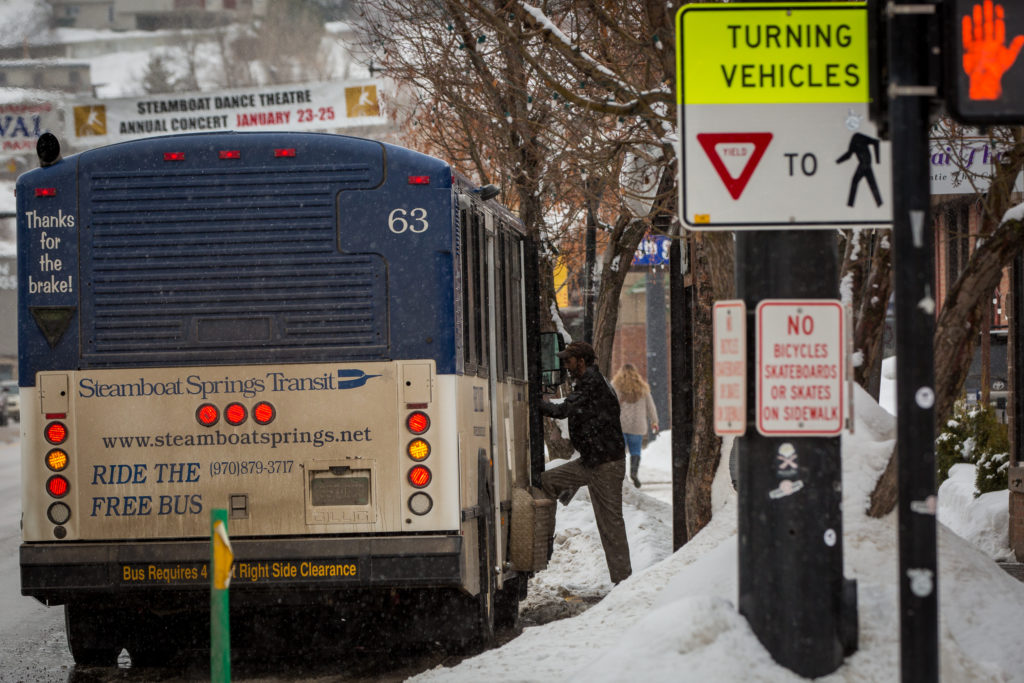












;Resize=805#)






